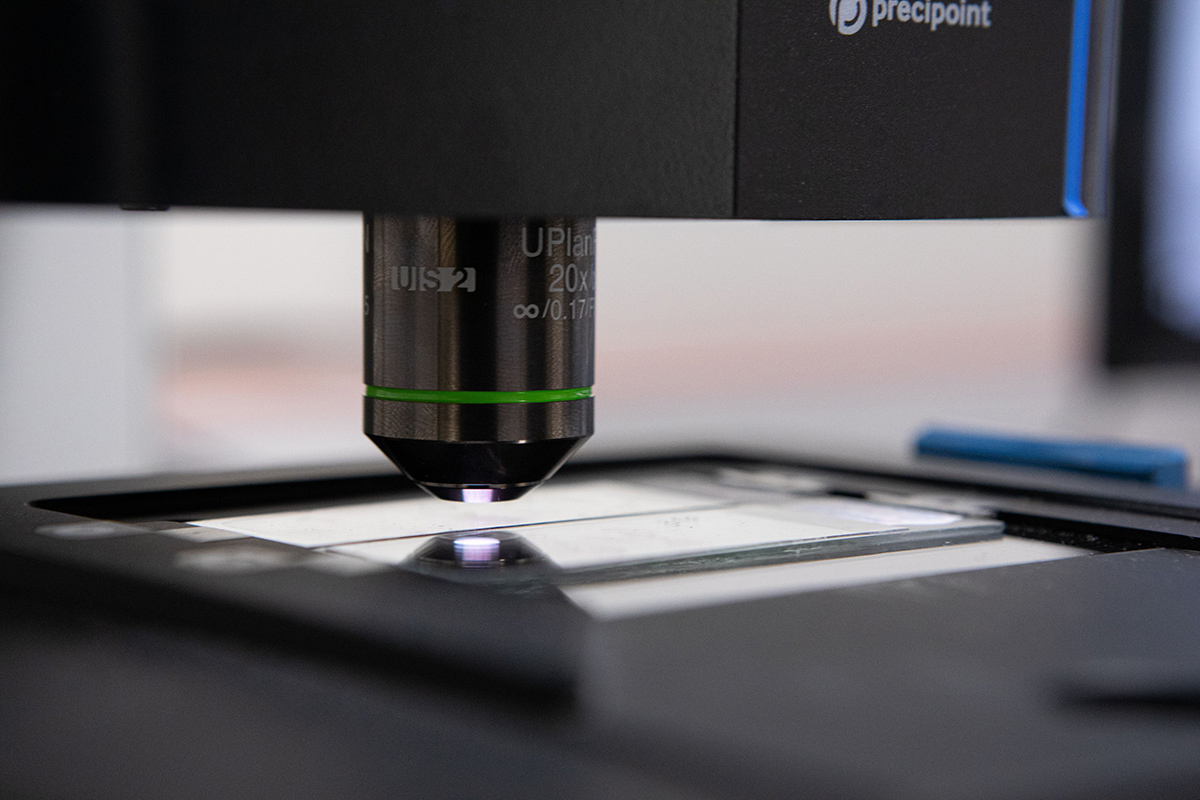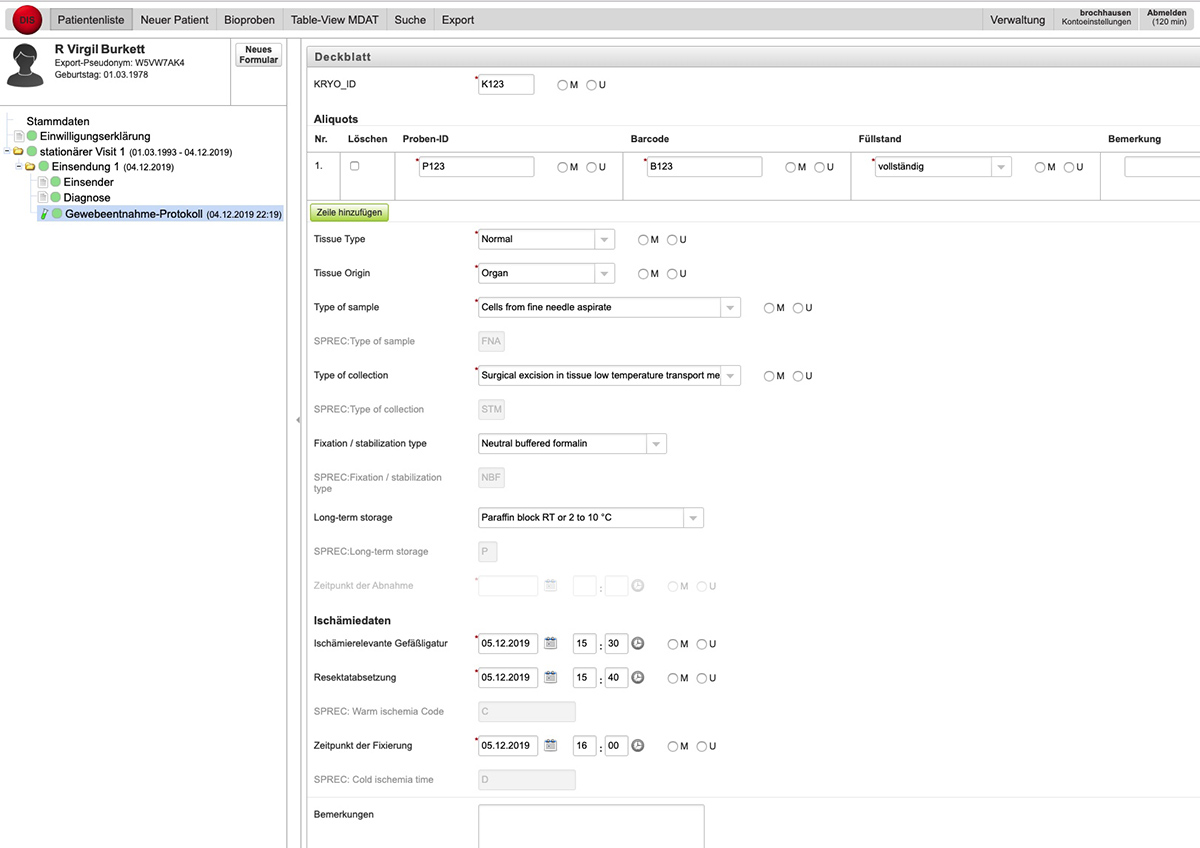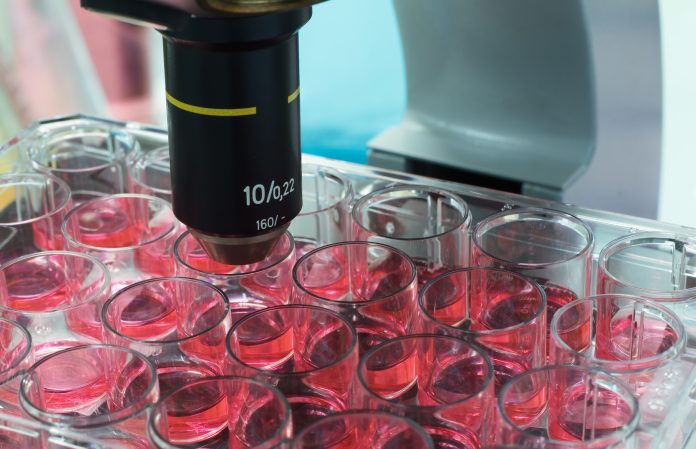Prof Dr Christoph Brochhausen-Delius from Institute of Pathology at the University Regensburg, charts the BRoTHER project that concerns regional cooperation for visionary work taking place in new technologies for next-generation biobanking
BRoTHER represents an international and interdisciplinary consortia project, which was funded by a grant of the Bavarian-Czech Research Agency with financial resources of the Bavarian State Ministry of Finance, Land Development and Homeland with a funding period of three years. BRoTHER is an acronym standing for: “Biobank Research on Telemedical Approaches for Human Biobanks in a European Region.”
Furthermore, this acronym is dedicated to the European anthem (“Every man became a brother”) as a strong commitment to the European spirit. In this context, BRoTHER will bring together players from European young and innovative industries and technologies which could give new perspectives for next-generation biobanking. Finally, BRoTHER clearly conveys the close relationship between network partners, which consists of a very open and trustful manner of interaction.

Within this project, a network is created, which consists of four partners, two in Bavaria (Germany) and two in the Czech Republic. The German partners of the network are the Institute of Pathology of the University Regensburg, which functions as the coordinator of BRoTHER and the Institute of Pathology of the Technical University of Munich. The partners of the Czech Republic are the Department of Immunochemistry of the Faculty Hospital Pilsen and the Masaryk Memorial Cancer Institute from the Faculty of Medicine of the Masaryk University in Brno. As a brand for this project, a logo was designed by a professional communication design agency. The philosophy behind the brand development was to symbolise both the close connectivity of the partners and the openness of the network for potential new partners in the region, but also abroad. This network is also very open to academic-industry relationships to promote new technologies in the biobanking scene within Europe.
The vision of BRoTHER is to facilitate the interaction and cooperation of biobanks with the aid of digitalisation. To reach this goal, BRoTHER aims to create an interactive, interregional biobank-network in the centre of Europe, to harmonise biobank infrastructures, and activities related to the effective international collaboration and experience exchange, workflows and the integration of study programme development. The main topic in that aim is to consider the regional specificities resulting from the fact that that the network acts in different healthcare systems and from the fact, that this regional network is located in a former region of a nearly closed border.
The latter was a relevant issue for the funding which aims towards the regional development of the ancient border region with the goal to provide further incentives for regional cooperation, especially at the level of academic cooperation and exchange. Intending to implement new technologies, the network partners are seeking potential partners within the regions, namely small and innovative enterprises. BRoTHER will support the initialisation of clinical trials with biobank specimens between Bavaria and the Czech Republic. With the location in the centre of Europe, the network will represent a unique example for effective inter-regional cooperation in Europe and, thus, could act in the future as an innovative nucleus for interconnected biobanking.

With a view to the digitalisation of the interaction of biobanks, we will create a prototype of a digital pathology framework in which secondary consultations regarding biobank-specimens could be conducted remotely for accurate tissue diagnosis and potential use in a research project. Therefore, we believe that employing the mature enough Whole Slide Imaging (WSI) and Virtual Microscopy (VM) technologies in a regional network of tissue biobanks will not only provide access to such expertise but will also create new research-projects within that network. To support the framework for WSI, cooperation with an inventor for a new dynamic digitalisation system was set-up. The system of PreciPoint, a young enterprise for digital pathology solutions enable the project partners to show whole slide images very easily (Fig. 1).
Furthermore, by comparing the produced histological slides of the stored tissue samples between the connected biobanks, an interactive discussion regarding tissue storage and pre-analytics will be promoted. Therefore, our framework will include the possibility of interactive standard operation procedure (SOP)-development regarding tissue sampling, pre-analytic and tissue storage techniques. Thus, the network will promote future collaboration-projects due to harmonised SOP’s.
Finally, a so-called minimal-information set regarding the histopathological information should be part of a biobank specimen evaluation before potential inclusion in a research project will be established. Regarding data managing and future data mining, a partner of the BRoTHER network set-up a pilot project to implement a data integration system into the biobank landscape (Fig. 2). This system is provided by BITCARE, a spin-off enterprise from the Technical University of Munich. To train the handling of the digital pathology framework and the application of the SOP’s within the infrastructure of the connected biobanks, a training-programme, namely workshops and a summer school will be established for biobank-staff and interested scientists.
After developing this, the workshop will be open for all interested members of human biobanks. Also, by means of public events, the consortium will inform the public in the participating regions about the need and the function of biobanking for healthcare, especially with a view to the need for collaborative work when it comes to biobanks. Consequently, BRoTHER will integrate both, the interregional cooperation on the scientific, but also the public level.
Maximilian Babel1, Judita Kinkorova2, Dalibor Valik3, Ondrej Topolcan2, Marie Karlikova2, Radek Kucera2, Karl-Friedrich Becker4, Christoph Brochhausen1
Affiliations
1 Institute of Pathology and Central Biobank Regensburg, University Regensburg, Germany
2 Department of Immunochemistry, Faculty Hospital Pilsen, Czech Republic
3 Masaryk Memorial Cancer Institute, Masaryk University Brno, Czech Republic
4 Institute of Pathology, Technical University Munich, Germany
*Please note: This is a commercial profile











